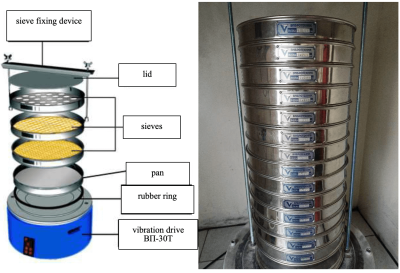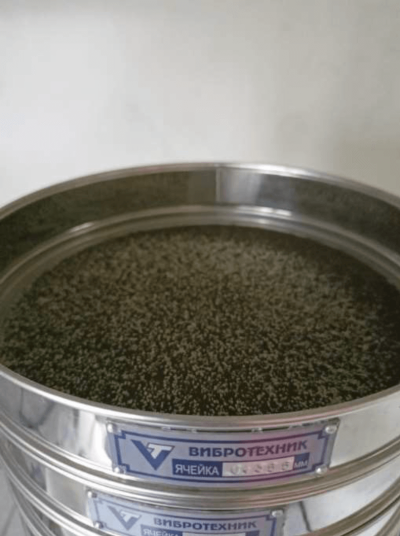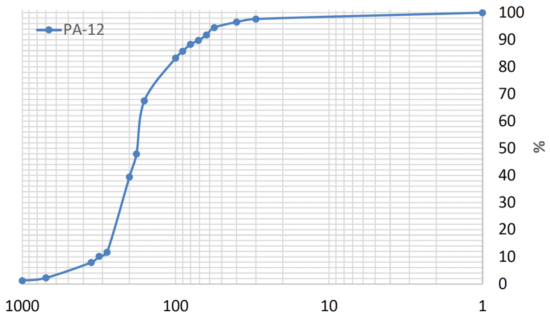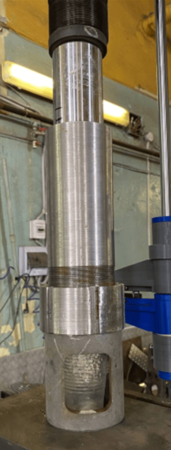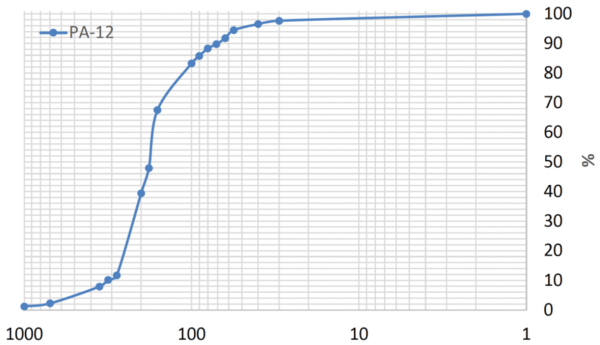Chemical Technology Expertise
The SCL Test Center has its own chemical laboratory that conducts chemical engineering research. This division of the test center performs a wide range of studies related to determining the quality of downhole equipment and the expertise of the materials and environments in which the equipment operates. Most tests performed in the laboratory require additional chemical and technological expertise of materials, composition, and properties of working fluids, as well as technological schemes for test preparation.
The chemical division’s most important activities include:
- Study of formation sand properties, including analysis of sand Particle Size Distribution (PSD);
- Determination of the working fluids properties used in the tests, including dynamic and kinematic viscosity, density. Study of sand screens colmatation properties;
- Expertise for corrosion resistance of materials and their compounds in downhole equipment;
- Selection of colmatant for hydraulic collapse/tensile testing;
- Development of gel-formation technologies from polymeric structures for applied problems of sand control.
PSD analysis
PSD analysis is performed to determine the particle size distribution curves of the mass distribution of sand particles, the nature of homogeneity, and sorting of this distribution. The analysis is performed using the sieve method based on core samples provided by the customer. The PSD analysis can be broken down into the following operations:
- Weighing the original core sample;
- Crushing the original sample manually;
- Drying of core sample particles in a thermal desiccator at 1,100 °C;
- Re-weighing the sample after drying;
- Filling the sample into the sieve analyzer and sifting;
- Weighing the sand on each sieve;
- Construction of particle size distribution curves of sand mass size distribution.
The set of sieves consists of 15 sieves with sizes from 1,000 microns to 40 microns. The sieve analyzer is a vertically stacked sieve with a vibration drive at the bottom of the analyzer.
The set of sieves consists of 15 sieves with sizes from 1,000 microns to 40 microns. The sieve analyzer is a vertically stacked sieve with a vibration drive at the bottom of the analyzer.
After sifting the sand on each sieve, there is a small portion of sand which is weighed using a laboratory scale.
After analyzing the data, a particle size distribution is constructed which shows the mass fraction of particles depending on their size, using a logarithmic scale for size.
Qualitative analysis of the distribution relies on parameters such as d10, d40, d50, and d90, where each dxx parameter determines the minimum particle size of the 10% largest particles. These parameters are useful in determining the optimal screen slot clearance to minimize sanding.
Colmatant Selection
For the tensile tests, a colmatizing liquid must be developed to adhere the surface of the screen. The resulting sticking effect creates hydraulic pressure on the screen wire winding, which enables determination of the screen structure strength. The selection of the colmatant is conducted on a specialized laboratory unit designed to determine colmatation.
The laboratory unit features a hydraulic cylinder with a wire screen sample fixed in its lower part. The screen is made by winding the profile wire on the base tube with guides laid on it so that the clearance between the coils is 304.8 μm. The device is designed to pump a sample of colmatated composition through the screen to obtain a fluid pressure-piston displacement diagram. A mechanical press with a constant traverse speed is used to press through the composition.
Characteristics of the laboratory unit:
- Colmatant volume – 0.5 L;
- Sample diameter – 30-63.2 mm;
- Piston stroke – 176 mm;
- Cylinder diameter – 60 mm;
- Maximum pressure – 350 atm.
The formulation of the colmatant used for fluid loss control is based on the API Specification 19SS for sand screens, with calcium carbide (CaCO3) milled into three particle size fractions based on the slot clearance. Polymer, biocide, and technical water are then added to the calcium carbide.
Once stirred, the solution is poured into the laboratory unit under the piston. The mechanical press then forces the solution through the screen cylinder, gradually clogging the screen slots and increasing resistance to flow and pressure at the inlet connection of the screen chamber. The test produces a pressure-time diagram. The primary objective of the colmatant formulation is to achieve the maximum pressure before the colmatant crust on the screen coupon breaks down enough to allow for collapse/tensile testing.

